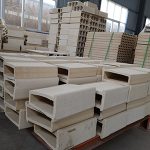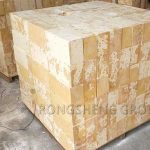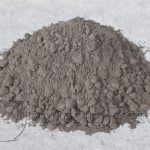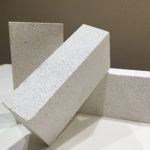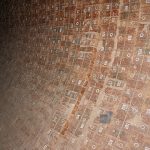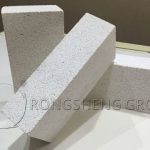With the development of domestic and foreign industrial kilns in the direction of high quality, high efficiency, energy-saving, and longevity, the technical requirements and product quality of refractory materials will be improved. And mainly refractory materials with high load softness, low creep, and high thermal shock resistance are preferred. At present, the commonly used products of this type are mostly made of high alumina bauxite, mullite, andalusite, and other raw materials through the processes of batching, mixing, machine pressing, and firing. The disadvantage is that the existing thermal shock-resistant bricks are added with various binders and additives, which increases the manufacturing cost and complicates the manufacturing process. And the number of thermal shock stability improvements is limited. In the process of use, the phenomenon of peeling and cracking often occurs due to rapid cooling and rapid heating.
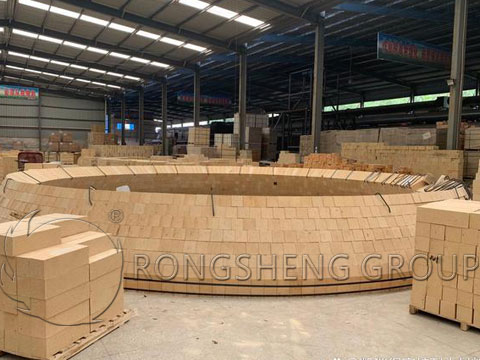
Preparation of Low Creep Mullite Bricks
Generally, low creep mullite bricks for kilns are made by calcining raw materials, high-pressure preparation, and high-temperature calcination. This method can only discard low-grade natural raw materials, waste resources, and consume energy. The production process is changed to replace part of the calcined raw materials, especially in the process of calcination, a lower temperature is used to save energy. The obtained high-alumina bricks have stable performance and consistent color, and the performance indicators meet relevant requirements. The specific process route is described as follows.
A certain amount of coal gangue and super high alumina bauxite raw materials are added to the raw materials, which reduces the cost of raw materials. The slurry is combined with the matrix homogenization process during preparation. A method for preparing a mud-bonded matrix homogenization includes the following steps.
- 1) Put Guangxi clay, coal gangue, lignin, and water with a mass ratio of 0.5:0.5:0.5:2 into a ball mill, and mill it for 8 hours to form a slurry.
- 2) Ball mill mullite, andalusite, and co-milled powder A slurry for 1 hour.
- 3) The ball abrasive obtained in step 2) is made into adobe.
- 4) The bricks are calcined at 1420℃ for 12h.
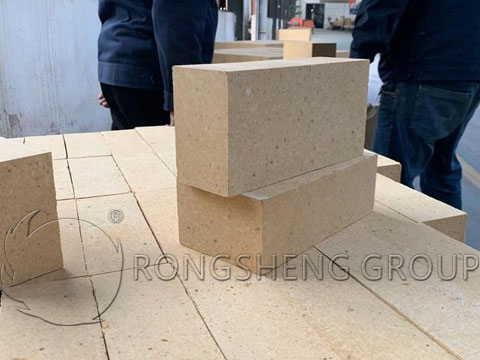
Properties of Low Creep Mullite Bricks
The produced thermal shock-resistant low-creep mullite bricks increase the main thermal shock resistance times, reduce the creep rate and increase the softening temperature under load by reducing the types of components and changing the ratio. At the same time, it also reduces the problem that the thermal shock-resistant and low-creep mullite bricks are prone to spalling damage in industrial kilns. In the production process of refractory bricks, the production process is simplified and the manufacturing cost is reduced. The main material is mullite, plus sillimanite powder, cordierite powder, alumina powder, and Guangxi white mud (40% aluminum content). Compared with the formulation components in the prior art, the formula after adjusting the ratio is simpler. However, the physical properties of the mullite bricks with high thermal shock resistance prepared by this formula are obviously improved. Mainly, the number of thermal shock resistance reaches more than 120 times, the creep rate (1300℃×50h) is 0.8%, and the softening temperature under load is 1450℃. Thus, the service life of the hot blast stove is prolonged, and the safety and reliability of the bricks during use are improved.
Buy Low Creep Mullite Bricks from Manufacturers
As a manufacturer of refractory bricks, it is well known that the acid and alkali resistance of sintered mullite bricks is better than that of magnesia products. To buy low creep mullite bricks, please choose a strong refractory brick manufacturer. Rongsheng refractory brick manufacturers can not only provide you with high-quality refractory brick products but also customize the configuration scheme of refractory lining materials for you according to your production needs. While solving the problem of refractory lining materials, can save production costs and improve economic benefits for you.



